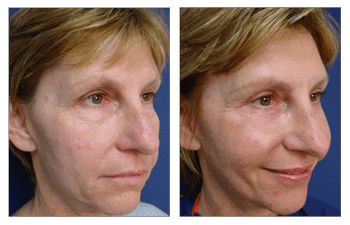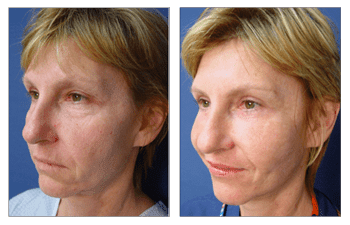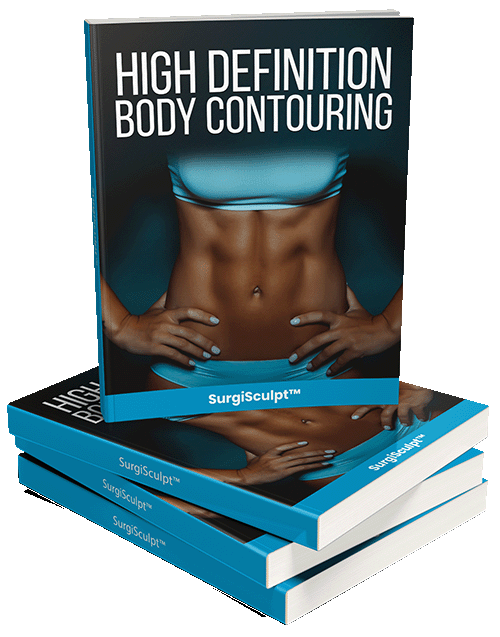



Blepharoplasty and fat transfer is a combination of two facial plastic surgery procedures that will accentuate each other to provide an incredibly youthful transformation. Here are what these two surgeries can do for you :
Lower Blepharoplasty
Blepharoplasty refers to the cutting of excess eyelid skin. Patients can choose to do a bilateral lower blepharoplasty, upper blepharoplasty, or a quad able to treat all four eyelids. The most prominent sign of aging is lower eyelid sagging. Bags underneath your eyes give a tired, groggy appearance so a lower blepharoplasty is an incredibly popular facial rejuvenation procedure.
A trained facial surgeon is incredibly important in choosing your blepharoplasty. As with any skin incision, there is the potential for visible, unappealing scarring. Look through your chosen surgeon’s before and after photos to see if you can notice the incision lines and the stability of the results. This patient is 3 months post-operation with SurgiSculpt and already has significant incision line fading.
blepharoplasty on Facial fat transfer is used to supplement a lower blepharoplasty when there is a substantial hollow present. Although this hollow is improved by excising and tightening the lower eyelid skin, often replacement of fat volume will further support the skin tightening. Depending on the severity of your hollow, you may undergo up to 4 cc’s of fat transfer to each eyelid.
The fat can be harvested from anywhere in the body where undesired fat depositions are available. Remember, that the small volumes of fat transfer will not make any appreciable difference in the donor site. One of the most popular areas to fat graft is the nasojugal fold which is the line that forms from the medial corner of the eyelid and down obliquely just lateral to the nasolabial fold.
Please see this 54-year-old female from Laguna Niguel 3 months following upper and lower blepharoplasty, fat grafting to bilateral cheeks, and CO2 facial laser resurfacing.
